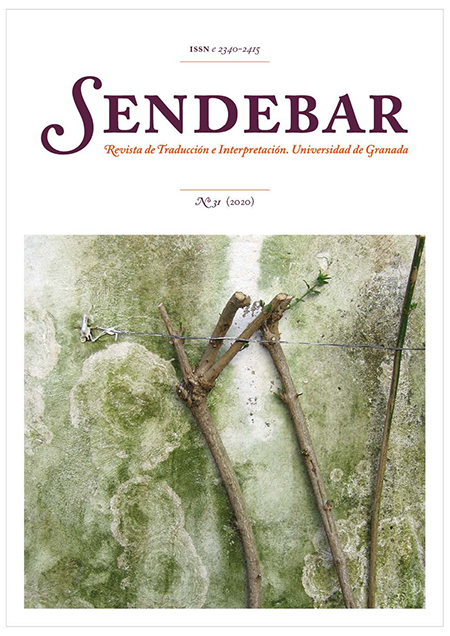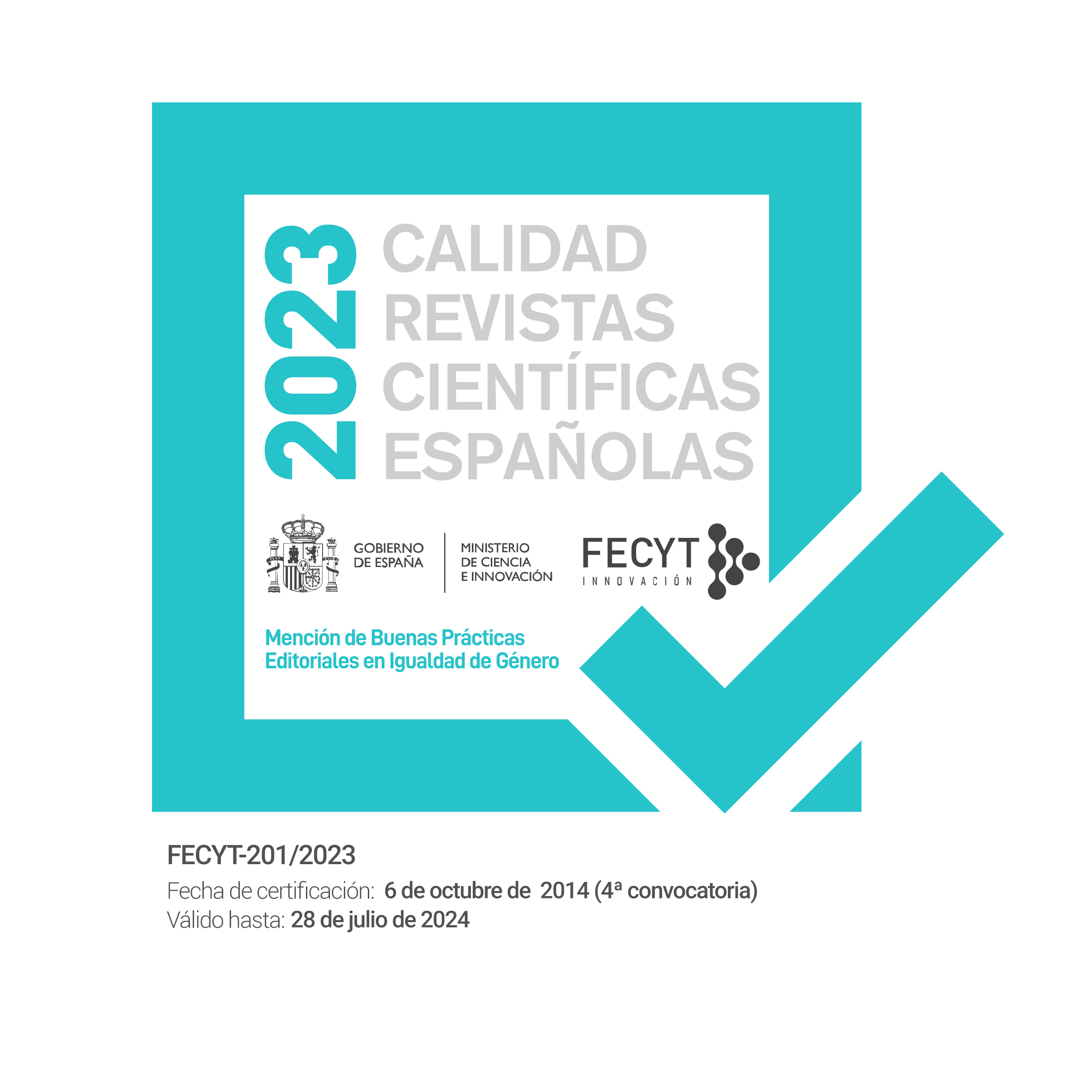The Translator’s Voice in Educated or Scholarly Novels: Louis Aragon’s El campesino de París (1979) versus El aldeano de París (2016)
DOI:
https://doi.org/10.30827/sendebar.v31i0.9493Keywords:
Translation, Translator’s footnotes, Louis Aragon, Scholarly novelsAbstract
The aim of this paper is to compare the translator’s footnotes of French surrealist author Louis Aragon’s novel El campesino de París (1979) with those of El aldeano de París (2016) in order to confirm that there has been a change, making the translator more visible in the novels intended for educated or scholarly audiences. We have based our approach on the division made by Donaire Fernández (1991) between linguistic and cultural notes. Thanks to this analysis, we have found that both publishing houses (Bruguera and Errata Naturae) give an important role to the translator, but it is Errata Naturae, publisher of El aldeano de París (2016), which has let the voice of the translator be more strongly heard. This corroborates the evolution of the current publishing industry, which, through these notes, makes the work of the translator in this kind of novels increasingly visible.
Downloads
References
Aragon, Louis (1926). Le Paysan de Paris. París: Gallimard.
– (1972). Le Paysan de Paris. París: Gallimard.
– (1979). El campesino de París, Noëlle Boer y Victoria Cirlot (trads.). Barcelona: Bruguera.
– (2016). El aldeano de París, Vanesa García Cazorla (trad.). Madrid: Errata Naturae.
Berman, Antoine (1990). La retraduction comme espace de la traduction. Palimpsestes, 4, 1. < https://journals.openedition.org/palimpsestes/596> [Consulta: 2 junio 2019].
Donaire Fernández, María Luisa (1991). (N. del T.): Opacidad lingüística, idiosincrasia cultural. En Traducción y adaptación cultural: España-Francia. María Luisa Donaire Fernández y Francisco Lafarga Maduell (eds.), 79-91. Oviedo: Universidad de Oviedo.
< http://www.cervantesvirtual.com/obra/opacidad-lingstica-idiosincrasia-cultural-ndel-t-0/> [Consulta: 2 junio 2019].
Gambier, Yves (1994). La retraduction, retour et détour. Meta, 39 (3), 413-417.
Malta, Gleiton y Rael, Elaine Cunha (2015). As retraduções de La Casa de los Espíritus: uma (re)visita à hipótese da retradução. Revista Letras Raras, 4 (3), 75-97.
Pym, Anthony (1998). Method in Translation History. Manchester: St. Jerome.
Tahir-Gürçalar, Şehnaz (2001). Retranslation. En Routledge encyclopedia of translation studies. Mona Baker y Kirsten Malmkajaer (eds.), 125-127. Londres: Routledge.
Toledano Buendía, Carmen (2010). ¿Qué hay tras las notas del traductor? En Lengua, traducción, recepción: en honor de Julio César Santoyo. Rosa Rabadán, Marisa Fernández López y Trinidad Guzmán González (eds.), 637-662. León: Universidad de León. <https://buleria.unileon.es/bitstream/handle/10612/4892/Toledano.pdf?sequence=1> [Consulta: 2 junio 2019].
Venuti, Lawrence (2008). The translator’s invisibility. A history of translation. Londres/Nueva York: Routledge.
Downloads
Published
How to Cite
Issue
Section
License
Terminos de Licencia Sendebar.

















